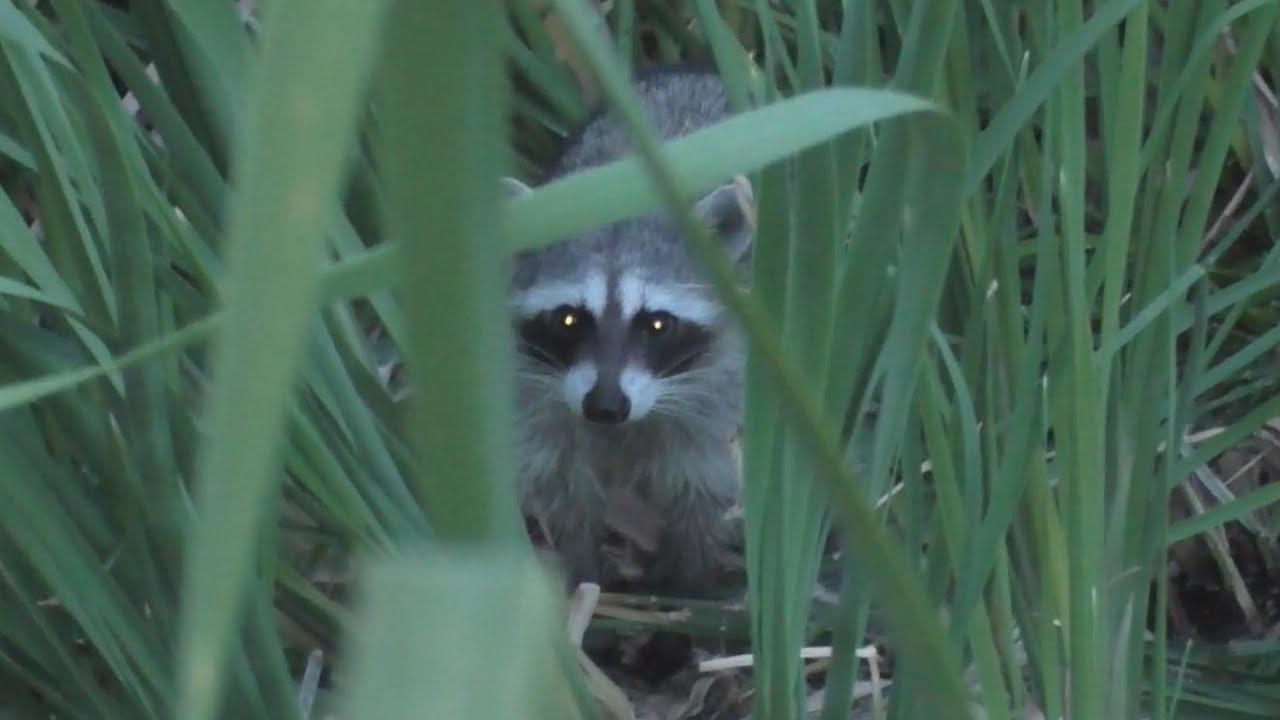When winter rears its head and fall breezes turn cold, most people spend more time inside, enjoying the shelter and warmth of home.
Humans aren’t the only breed searching for a safe, secure place to retreat from the cold during these times. Animals of all shapes and sizes also seek shelter, sometimes taking up residence in the most unlikely place: our humble abodes.
But it’s not just bad weather that drives animals to warmth and shelter. As man builds homes, shopping malls and businesses that invade animal habitats, these creatures must leave familiar surroundings and find new places to eat, live and raise their young.
Sometimes, that means crossing paths with humans—and taking up residence where we live and play.

Becoming Proactive
To keep animals from invading our homes, we must take steps to make our abodes and property less attractive—while preparing to cross paths humanely just in case.
Coexisting with nature is easier when animals are small. Though causing definite damage; woodpeckers pecking on siding, squirrels chewing attic electrical wires or skunks living under backyard decks can simply become a nuisance.
But sometimes, larger animals like deer, bears and wolves may accidentally wander into our homes, unaware they’re not welcome. By making our homes and property less inviting, we can lessen the likelihood of this happening and help draw a line in the sand between man and beast.
Heading Off Problems before They Occur
To minimize the likelihood of crossing paths with wild animals around the home, we suggest taking an annual home and property survey.
First, examine the home’s condition, looking for signs of unwelcome wildlife. Look for loose siding, deterioration of boards along the roof line, and loss of integrity in the screening used behind attic louvers.
Watch for electrical lines or air conditioning conduits that allow animals entrance, and seal them with putty.
Then take these steps to keep animals, large and small, out of the home:
- Place clear plastic shields over window wells to keep animals from getting trapped inside.
- Use wire mesh to keep birds and other animals out of chimneys and off rooftops.
- Install garden fencing under decks to prohibit animal entrance.
- Trim trees away from structures to prevent animals from using them as bridges for home entry.
- Keep trash in securely closed containers to keep animals out.
- Store clothing and blankets in sealed containers to keep rats and other animals from nesting in them.
- Place sticky or snap traps pendicular to the wall anywhere droppings, urine stains or scratch marks are present.
- Use steel mesh in attic spaces to close off possible entry points.
- Seal weep holes and cracks using steel wool or caulk.
- Call the city or local wildlife department to remove living animals or animal carcasses from the home
Avoidance is generally the best way to deal with home invasion by animals. By preparing our homes ahead of time, we can help keep animals from moving in, reduce the likelihood of damage, keep home insurance costs low—and cross paths at home as seldom as possible.
